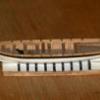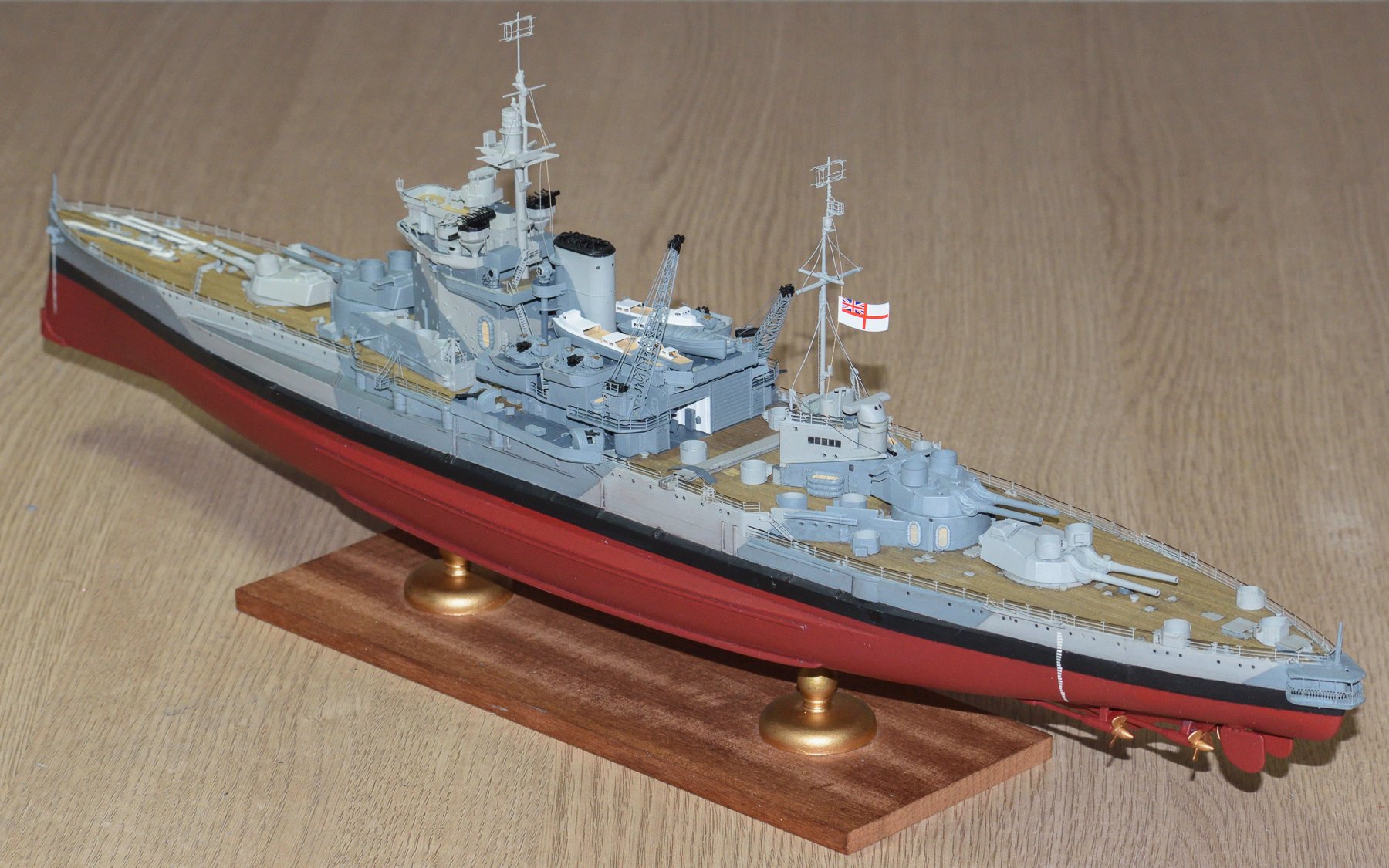-
Posts
12,096 -
Joined
-
Last visited
Content Type
Profiles
Forums
Gallery
Events
Everything posted by Old Collingwood
-

Bell UH-1H Huey By lmagna - Dragon - 1/35 - PLASTIC
Old Collingwood replied to lmagna's topic in Non-ship/categorised builds
So you have traveled in a Boeing 707? I have too when I was a teenager. OC. -
Right then - a bit more progress, I put the primer on both sides of the one wing, then when dry - aided with the venerable hairdryer, I then moved on to the fuselage and gave it a couple of coats of Grey, I also did the same to the top of the wing. After a couple of hours I masked up both the fuselage and wing - using a combination of Blue Tack for the edges, and paper and tape for the bulk of the masking - ready for paint tomorrow (if the weather is kind) also need to work on another system so the smell from the paint does not come into the house - possibly putting the painted parts in a closed plastic box till dry - so some of the smell can go off a bit first before bringing them into the house. OC.
-
Great work there Kevin - she is really looking busy now. OC.
- 337 replies
-
- finished
- mountfleet models
-
(and 1 more)
Tagged with:
-

1:32 Albatros D.Va - FINISHED
Old Collingwood replied to James H's topic in Non-ship/categorised builds
"Want a hand"..... OC. -

1:32 Albatros D.Va - FINISHED
Old Collingwood replied to James H's topic in Non-ship/categorised builds
Amazing work. OC. -

Bell UH-1H Huey By lmagna - Dragon - 1/35 - PLASTIC
Old Collingwood replied to lmagna's topic in Non-ship/categorised builds
Coming on nicely Lou, I agree with all - those figures do look good. OC. -

Bell UH-1H Huey By lmagna - Dragon - 1/35 - PLASTIC
Old Collingwood replied to lmagna's topic in Non-ship/categorised builds
Like me Lou we learn more about the art in making a kit look half decent as we go along, when I was masking and spraying yesterday it struck me that it was the first time I have ever done anything like this - all my painting of models has always been with hairy sticks. OC. -

Bell UH-1H Huey By lmagna - Dragon - 1/35 - PLASTIC
Old Collingwood replied to lmagna's topic in Non-ship/categorised builds
Are you spraying the fuselage or hand painting Lou? OC. -

Bell UH-1H Huey By lmagna - Dragon - 1/35 - PLASTIC
Old Collingwood replied to lmagna's topic in Non-ship/categorised builds
Just checked - Ebay are doing them - what an excellent tool. OC. -
While waiting for daytime and a clear day - I carried on working on the wing sections/flaps and engine nacelles - firstly I cleaned up the seams on the nacelles, then I cut the two part flaps - test fitted them, and glued them together, the idea is they have a center bar that allows them to be drooped or left trimmed. Here are the pics showing one of the nacelles and the flaps dry fitted showing the two stages they can be set at. OC.
About us
Modelshipworld - Advancing Ship Modeling through Research
SSL Secured
Your security is important for us so this Website is SSL-Secured
NRG Mailing Address
Nautical Research Guild
237 South Lincoln Street
Westmont IL, 60559-1917
Model Ship World ® and the MSW logo are Registered Trademarks, and belong to the Nautical Research Guild (United States Patent and Trademark Office: No. 6,929,264 & No. 6,929,274, registered Dec. 20, 2022)
Helpful Links
About the NRG
If you enjoy building ship models that are historically accurate as well as beautiful, then The Nautical Research Guild (NRG) is just right for you.
The Guild is a non-profit educational organization whose mission is to “Advance Ship Modeling Through Research”. We provide support to our members in their efforts to raise the quality of their model ships.
The Nautical Research Guild has published our world-renowned quarterly magazine, The Nautical Research Journal, since 1955. The pages of the Journal are full of articles by accomplished ship modelers who show you how they create those exquisite details on their models, and by maritime historians who show you the correct details to build. The Journal is available in both print and digital editions. Go to the NRG web site (www.thenrg.org) to download a complimentary digital copy of the Journal. The NRG also publishes plan sets, books and compilations of back issues of the Journal and the former Ships in Scale and Model Ship Builder magazines.


